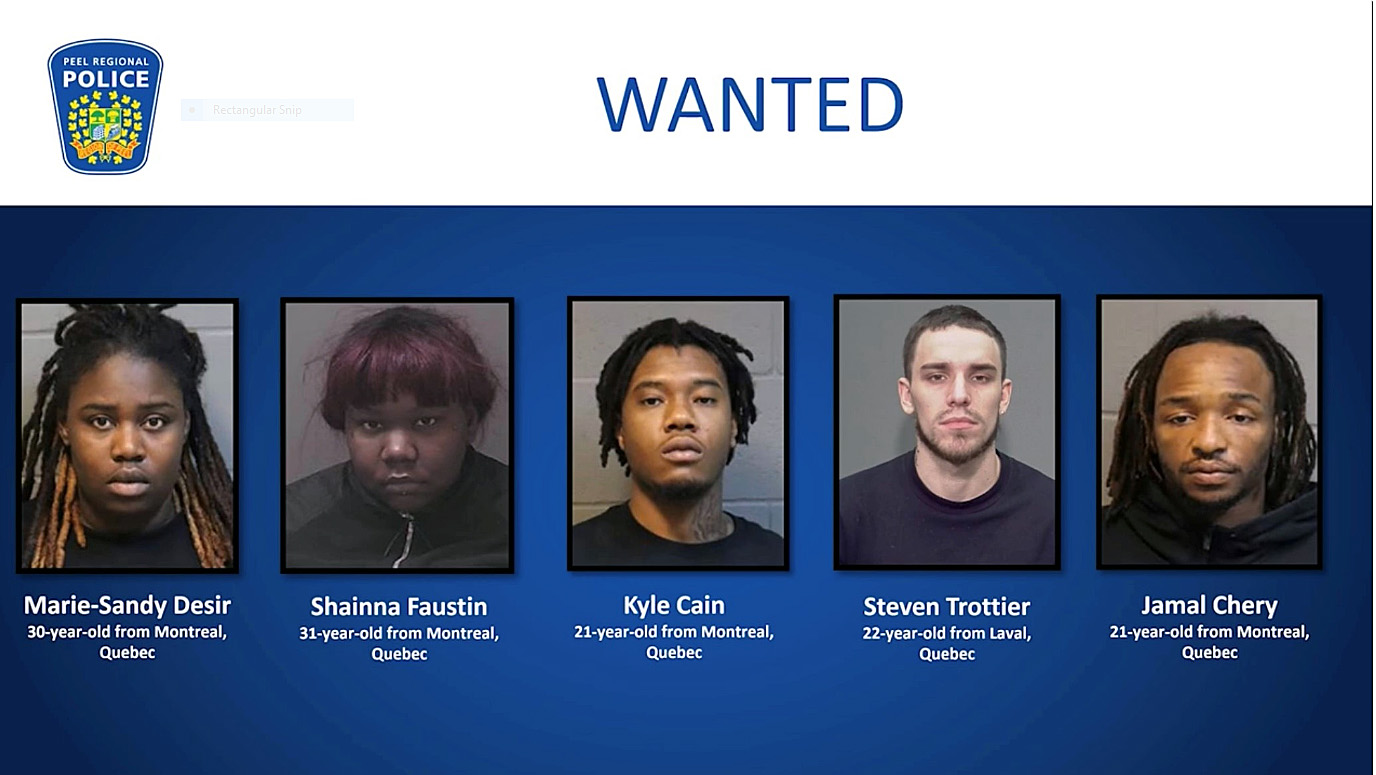Infra
Outgoing TTC CEO warns against delaying funding for Toronto subway upgrades
A subway train undergoes repairs at the Toronto Transit Commission’s Greenwood Yard in Toronto, on July 17. New trains and signalling for line 2 of the city’s subway system is estimated to cost $3-billion.Arlyn McAdorey/Reuters
The outgoing head of the Toronto Transit Commission says delays in securing funding to upgrade one of the city’s aging subway lines are what keep him up at night, warning that putting off the job will only raise its cost.
Rick Leary is leaving as CEO of the TTC on Friday after seven years in the top job. In a wide-ranging exit interview this week he predicted that weekday transit ridership wouldn’t rebound entirely unless work-from-home policies changed, defended a crackdown on fare evasion and called for more money for upkeep and modernization.
The TTC is the busiest transit provider in the country, carrying about 1.3 million passengers on the average day. Along with other transit agencies, it has struggled with budget woes since the pandemic cut ridership. And it has a list of capital needs totalling close to $50-billion, three-quarters of it unfunded.
One of the big-ticket projects is upgrading Line 2, also known as the Bloor-Danforth line. This runs across the city, from Kipling Avenue in the west to Kennedy Road in the east. Its trains are up to three decades old and its signalling system is dated. Travel on the line is routinely delayed in places where drivers are instructed to slow down because full-speed train service is seen as risky.
Mr. Leary said that the subway line remains safe, but he is nervous the agency won’t secure the funding to upgrade it. New trains and signalling for the line would cost about $3-billion. The city has earmarked money for its share of the trains and the province has done the same, on the condition that Ottawa chips in as well.
A spokesman for the Minister of Housing, Infrastructure and Communities said that Toronto was eligible for the Canada Public Transit Fund, announced earlier this year. “This likely could be a source of funding for Toronto for these subway cars,” Matthew Dillon-Leitch said in an e-mail.
Mr. Leary voiced confidence that the federal government would come through, but warned that the clock is ticking.
“If [the money] doesn’t come, we know that by March of next year we have to flip over, 180-degree turn, and start working on an overhaul program with the existing fleet,” he said.
But that only spends money on trains that will ultimately have to be replaced anyway, he added. “And the costs go up, you know. Nothing gets cheaper than today.”
Mr. Leary joined the TTC in 2014 as chief service officer. He became acting CEO in 2017, on the departure of Andy Byford, and was elevated permanently to the top job the following year. The 61-year-old said this week he will take time with family before deciding on next steps.
The Boston native took the reins at the TTC shortly after the agency opened a subway extension to Vaughan, the last major expansion it oversaw. With the province taking over transit expansion projects, the head of the TTC was left to focus on service and operational reliability.
Only a few years later, though, the COVID-19 pandemic devastated ridership as enclosed spaces were seen as dangerous and huge numbers of people were working from home. And for those who did continue to use transit, high-profile instances of social disorder and mental distress raised concerns.
Ridership has gradually rebuilt. The most recent figures show it at about 80 per cent of the pre-pandemic total. But it is distributed differently. While workday peak ridership is still below 2019 figures, weekend and evening ridership is bigger than it ever was.
This week the city announced that service would be improved on the north-south subway and capacity and reliability boosted on about 40 bus routes. The outgoing CEO also said that the agency had made strides in making the system safer, adding security officials and working with the city’s Streets to Home outreach teams to assist distressed passengers.
According to TTC figures, safety and security offences against passengers reached a pandemic high in January of 2023 and have since dropped by 37 per cent. They are still more common than before the pandemic.
COVID-19 has also cast a long shadow in another way. Many agencies globally did not charge during parts of the pandemic, to encourage ridership and prevent staff having to interact with passengers. In a number of cities, fare evasion spiked once riders were again asked to pay.
At the TTC, a report this March estimated that the cost of fare evasion has risen to about $124-million annually, though that number did not account for those who would not ride if they had to pay. Evasion was lowest at subway entrances and highest on streetcars. At the rearmost of streetcars’ four doors, nearly 40 per cent of riders weren’t paying.
In response, the TTC has tried to change perceptions around the social acceptability of fare evasion, including ads pointing out that fares help pay for frequent service that benefits everyone. They have also cracked down, issuing fines as large as $425, in spite of concerns from advocates that disadvantaged people will be targeted.
Mr. Leary said that fare enforcement officials need to use discretion with regards to whom they fine, but argued that plenty of people who aren’t paying have the money to do so.
“People that look and dress like me should be paying their fare,” he said. “We’re going to change that culture.”









